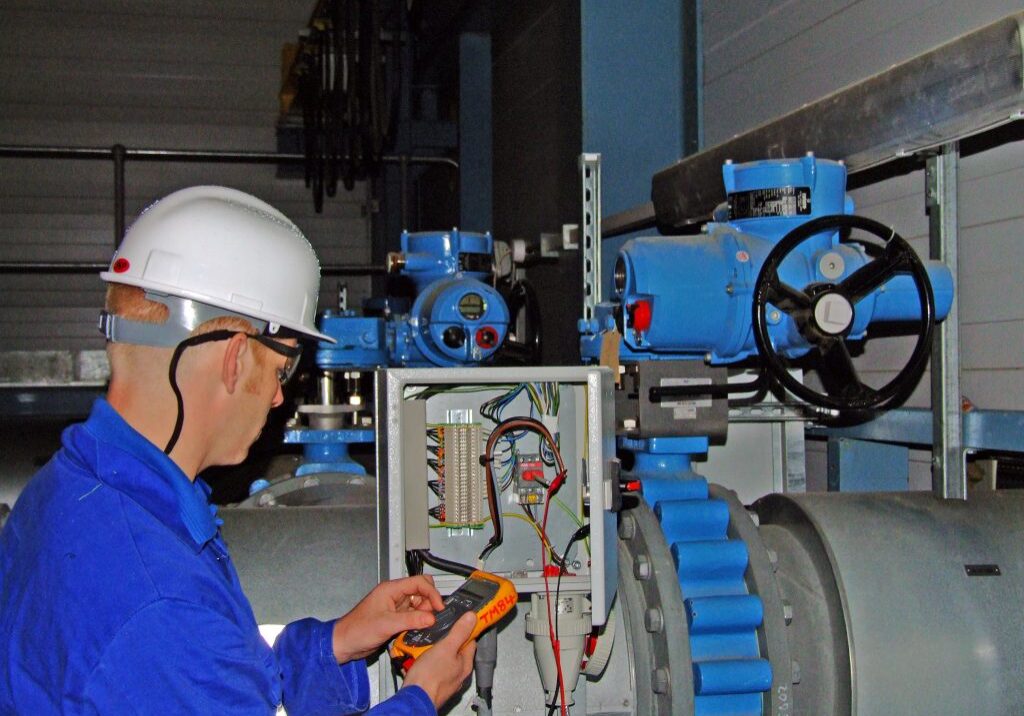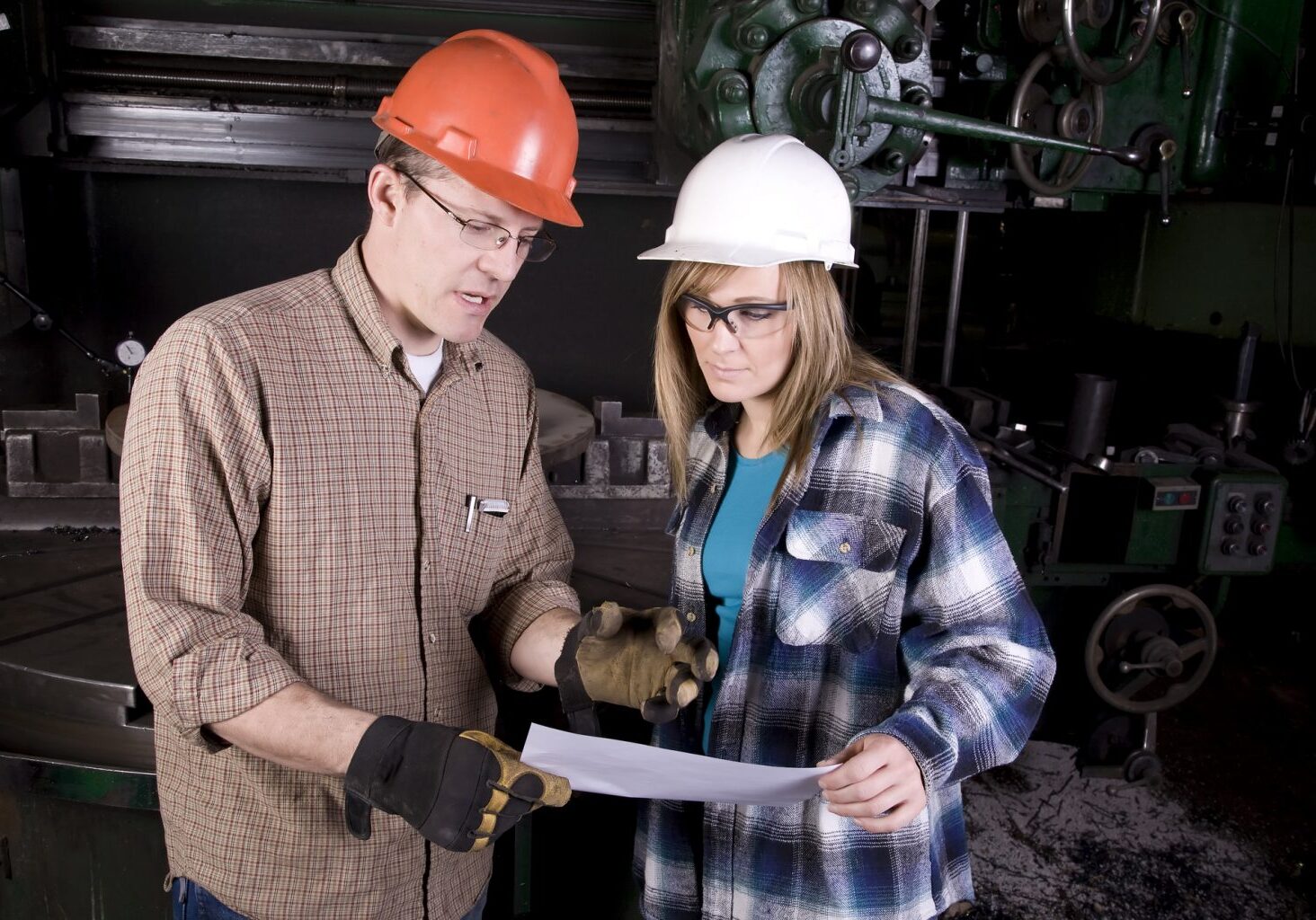Tips For Improvement in Maintenance Programs

Asset utilization, equipment capacity, and overall equipment effectiveness (OEE) are the responsibility of many departments, as well as the entire organization. It focuses on developing your assets to produce the greatest possible capacity. This is achieved through performance efficiency, measuring and managing availability, and the rate of quality. Plants that truly want to maximize their equipment uptime need a particularly disciplined approach in addition to creating an environment where all workers understand their role in maintenance and carry it out as required.
Zero Breakdown Strategies
A series of books by Terry Wireman, “Maintenance Strategy Series” – are the holy grail of improving your maintenance programs. They were written to assist companies in developing effective equipment management strategies, regardless of the type of facility or industry. Once implemented, the strategies are designed to virtually eliminate all equipment breakdowns and malfunctions, which are absolutely necessary given the rising costs associated with equipment downtime and lost efficiencies. Two key takeaways from the book include:
- Equipment Component Fundamentals – which include lubrication, fastening, bearing, belt drive, roller chain, gear drive, coupling, sealing, fluid power, hydraulic system, and pneumatic fundamentals.
- Zero Breakdown Strategies Application – which includes maintenance of basic conditions, operating standards, deterioration prevention, design improvement, human error, and others.
Basic Tips For Improvement in Maintenance Programs
Tips do differ from industry to industry, and facility to facility. For example, maintenance priorities in a heavy machining plant are different than those of a chemical processing plant or assembly plant. Still, many best practices may be applied across most production facilities:
- The 5S’s – Sort, Straighten, Shine, Standardize, and Sustain, also known as a place for everything and everything in its place. In short, it is easier to see areas for improvement when the plant is organized. The use of these techniques is an important tool to identify problems in the maintenance process no matter the industry, facility, and your specific needs.
- Lean production techniques and process map – Many leading facilities begin the mapping effort from the very beginning of the maintenance process and chart the process from one step to the next. The complete process map can eliminate many extra and redundant maintenance steps to save you time and money.
- Process ownership to machine operators -This approach shifts basic maintenance work and issue notification to machine operators. Benefits include freeing up maintenance personnel to carry out planned work. The principle behind giving your workers ownership of their equipment helps to maximize its effectiveness, increase worker skills, and can even reduce manufacturing costs via continuous monitoring. Maintenance teams are scheduled to respond to requests in a pre-determined time.
- Older equipment to be scheduled for more frequent checks – Components and parts tend to wear sooner, limiting the time in which maintenance can be performed on older equipment. Annual checks are then to be scheduled semi-annual, once per quarter, or even monthly if the needs dictate. Service parts can also take longer to find, order, receive, and install.
- Document everything – You should continually re-visit your plant’s maintenance history while you are taking note of its current state and anticipating future needs. This includes making note of how critical items were addressed in the past. Develop review metricsfor your operation that correlate equipment down time with production volume, delivery, and quality.
HDS has a fully staffed service center with experienced personnel, dedicated to quality and trained in the most current rotating equipment maintenance, inspection, and repair techniques to help your operation. Call us today to discuss all your rotating equipment maintenance needs!
Share this post:



